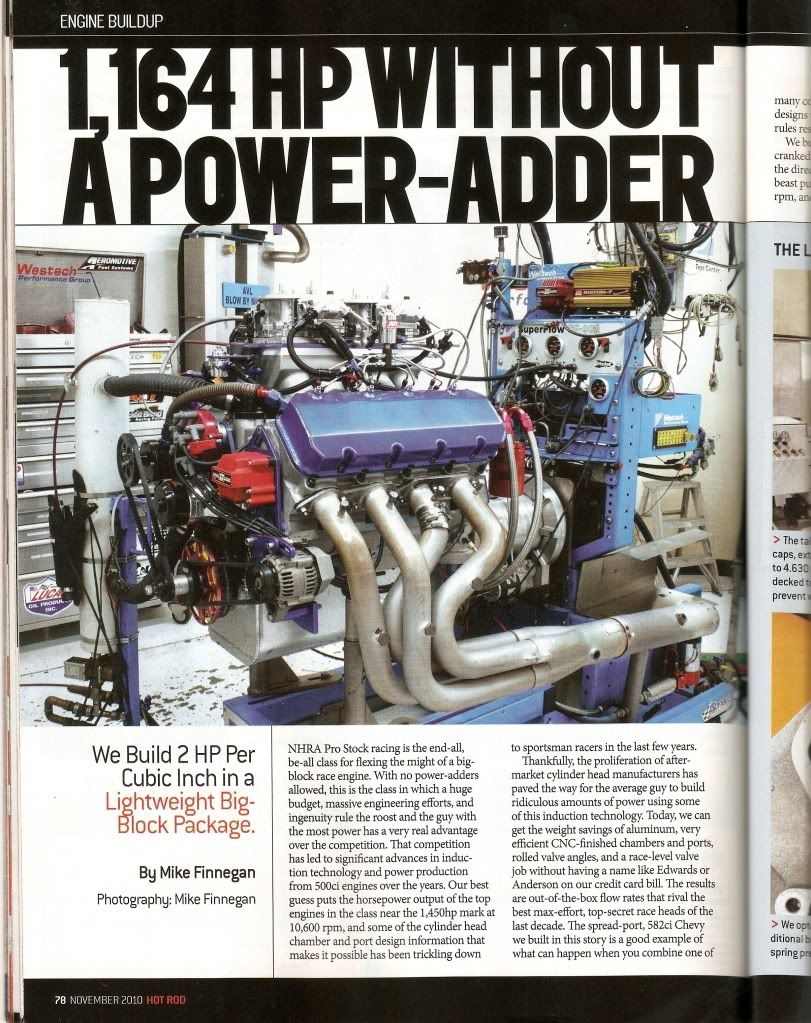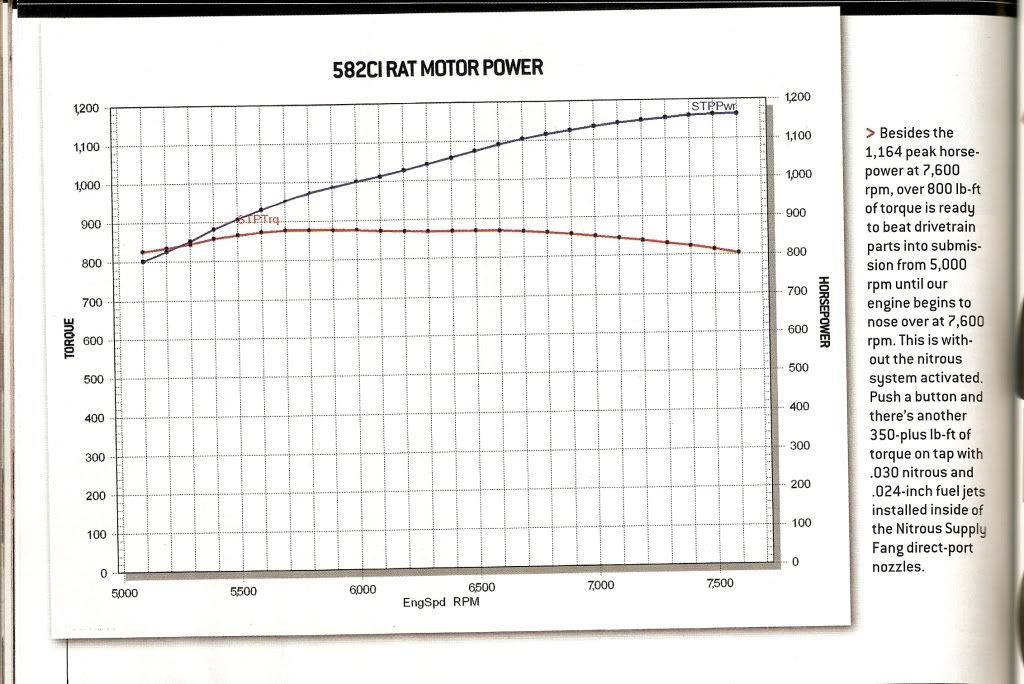What does it take to make 2+ horsepower per cubic inch? What does a healthy comp engine make these days? My train of thought is this...
- A healthy race engine makes about 1.5 foot pounds of torque per cubic inch. Base on that it is just a matter of turning the required RPM to reach your 2 hp/ci target.
Am I over simplifying it? I feel like stepping up from 1.6-1.8 is a pretty big leap in the components that need to be used to make it live.
- A healthy race engine makes about 1.5 foot pounds of torque per cubic inch. Base on that it is just a matter of turning the required RPM to reach your 2 hp/ci target.
Am I over simplifying it? I feel like stepping up from 1.6-1.8 is a pretty big leap in the components that need to be used to make it live.










